Table of Contents
1. Introduction
Philodendrons are one of the most popular houseplants for a reason. They are easy to care for, come in a variety of shapes and sizes, and can tolerate a wide range of growing conditions. Philodendron plants are also very easy to propagate from cuttings. In this blog post, Xanh Xanh Urban Forest will provide some tips on how to plant Philodendron cuttings in soil.
2. Gather your supplies
You’ll need to obtain the following materials before you begin:
- A Philodendron plant
- Sharp scissors or pruning shears
- A rooting hormone (optional)
- Potting mix
- A pot with drainage holes
- A water can
3. Take cuttings from your Philodendron plant
The secret to effective Philodendron propagation is careful cutting selection. Check your Philodendron plant first; if it has two or more leaves, it should have sturdy stems. These will serve as your propagation champions. Just below a node – the point where a leaf emerges from the stem – make a clean cut with sharp scissors or pruning shears. To improve the cutting’s contact with the soil, feel free to trim off the bottom leaves. You will have no trouble choosing the ideal Philodendron cuttings for your propagation projects if you follow these easy procedures.

4. Prepare your Philodendron cuttings
It’s time to prepare them for their new life in the soil after selecting the ideal cutting.
If you’re using a rooting hormone, make sure you adhere to the instructions on the container carefully. To encourage faster root formation, this usually involves dipping the cut end of the stem into the hormone.
Next, let’s address any potential root rot issues. Gently remove any leaves that might be submerged once the cutting is planted in the soil. This will help prevent them from decaying and causing problems for the developing roots.
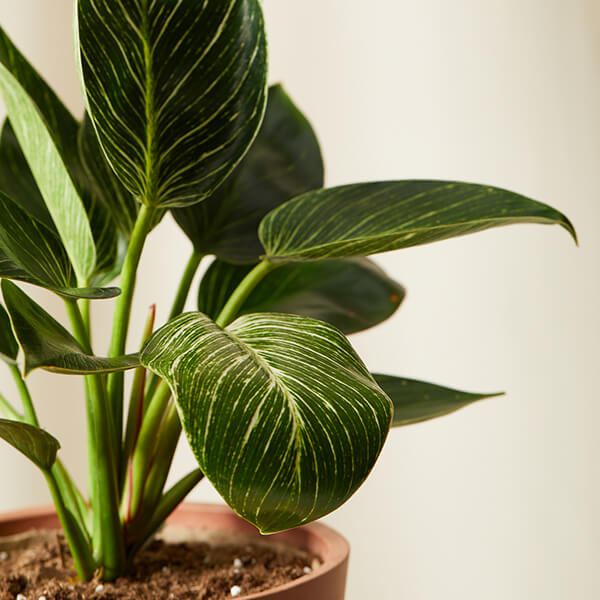
5. Planting Time
After giving your Philodendron cuttings a few days to become harder off, now is the perfect time to give them a comfortable new home in the soil. To your pot, add potting mix that drains well, making sure to leave approximately an inch of space at the top. Carefully insert the cutting into the small hole you just made in the ground with your finger or a pencil. Press soil firmly around the base of the cutting to provide stability. Until the drainage holes are fully filled, give your just planted cuttings lots of water. This way, you can guarantee that the roots receive the moisture they need to grow and thrive.

6. Water your Philodendron cuttings
Our plant friends require water to survive and flourish, just like us humans do. However, what exactly is the ideal amount? Aim for a watering schedule for your Philodendron cuttings that keeps the soil moist but not soggy.
A healthy root system depends on this balance. Overwatering can cause root rot, which damages the plant by drowning the roots and preventing them from absorbing nutrients.
Conversely, submerging the cuttings in water might make them wilt and dry out, which will impede their growth and possibly cause them to die. So how can you tell when it’s time to give your cuttings some water?
The ideal method is to keep an eye on the soil. Put your finger as far down into the ground as possible—about one inch. It’s time to water it if it seems dry to the touch. Give it a few more days to see whether it feels damp still. Keep in mind that while overwatering can cause more harm than underwatering, it is preferable to err on the side of slightly underwatering.
The amount of water your cuttings require may vary as they become bigger and form roots. Thus, pay attention to them and modify your watering plan as needed.
7. Finding the perfect spot for your Philodendron cuttings
After planting your cuttings with care, you need to make sure they have the perfect environment for root formation and future growth. Because these leafy friends prefer bright, indirect light, a window sill with sheer curtains or a well-lit nook with lots of natural light would be ideal. Their delicate leaves might be scorched, so keep them out of direct sunlight.

Choose a warm location that stays between 65 and 80 ℉ for your plants because they want to be warm. They also like humidity, so if you want to create a humid atmosphere, put them next to a humidifier or with other plants. The proper positioning of your Philodendron cuttings will ensure that they grow into healthy plants.
8. Final thought
With a little care and these helpful tips, you’ll be a Philodendron propagation pro in no time!
Xanh Xanh Urban Forest hopes that you found this blog article to be useful and educational. Please use the following to contact us with any questions:

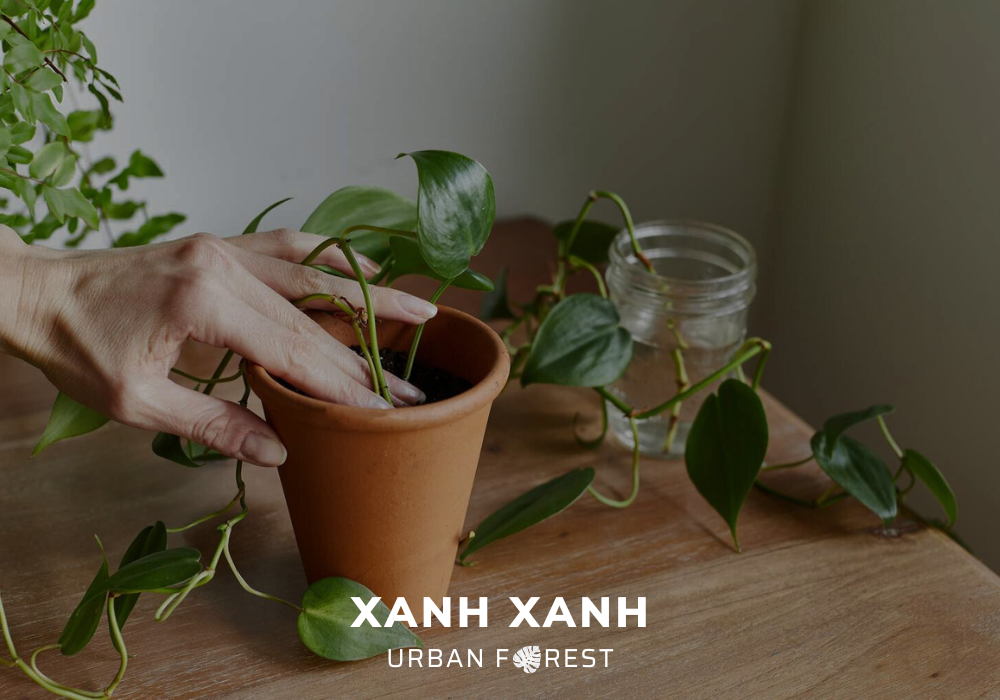

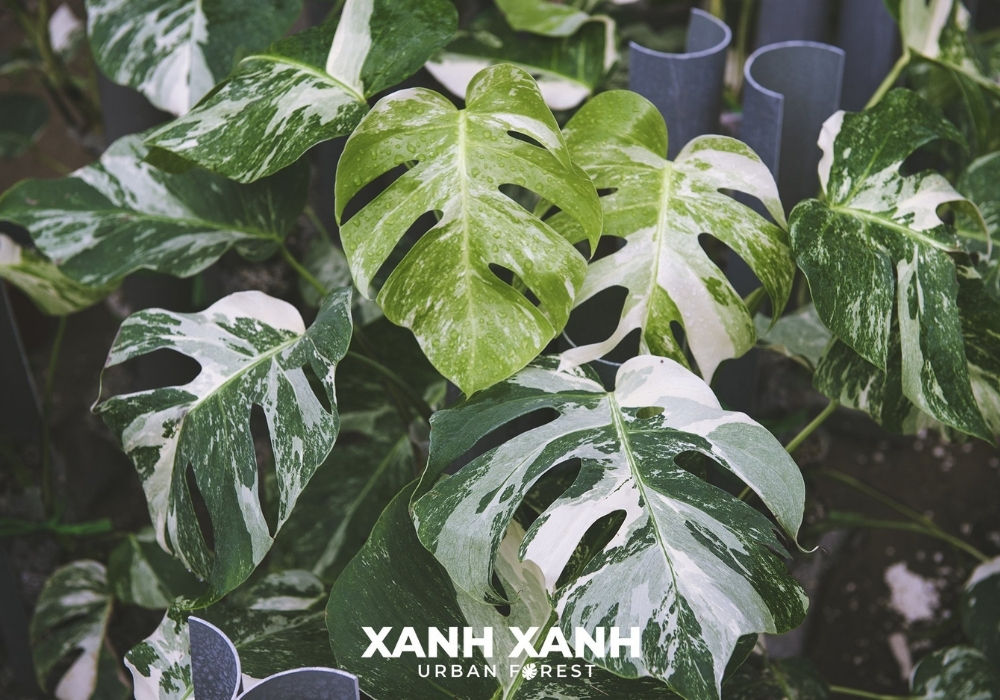

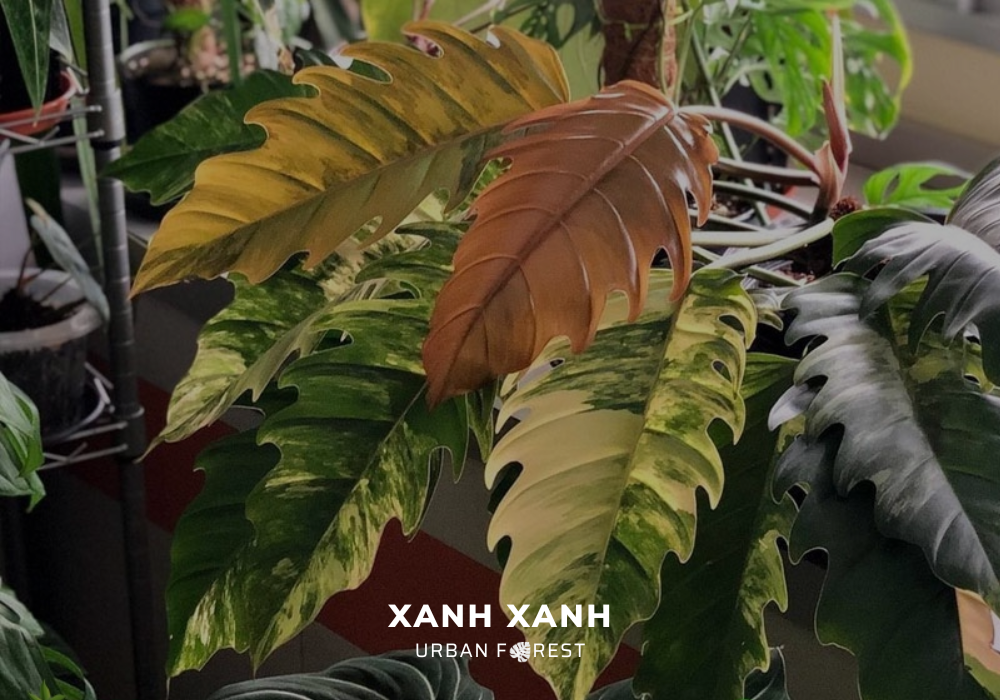
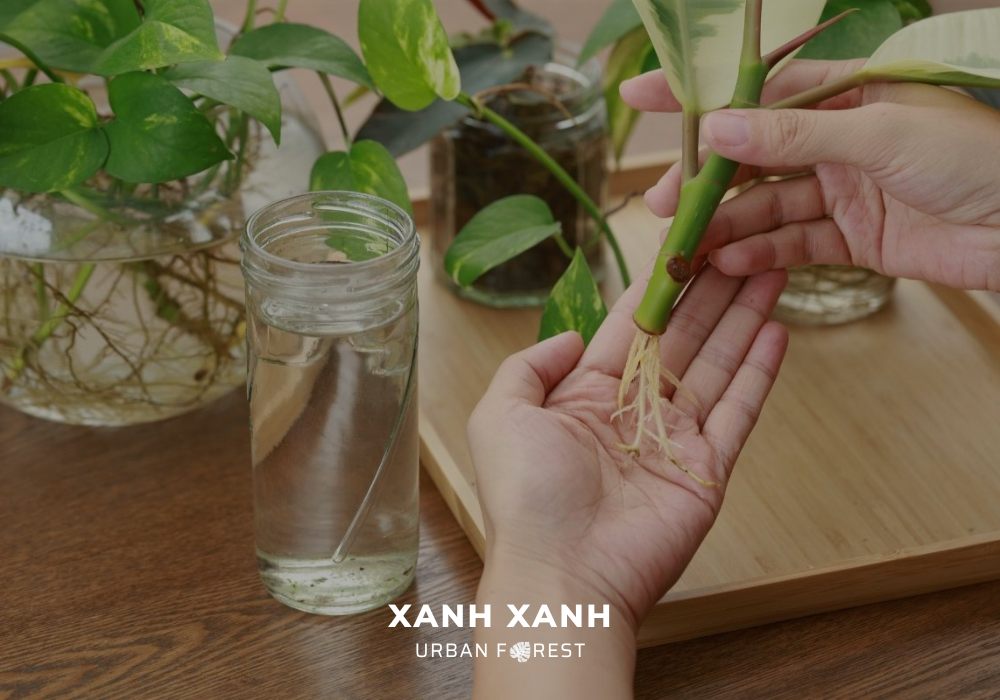
Pingback: How to Transplant Spider Plants: Step-by-Step Guide - PlantasticHaven
Pingback: Philodendron Cuttings: 7 Secret Steps to Transplant Now!